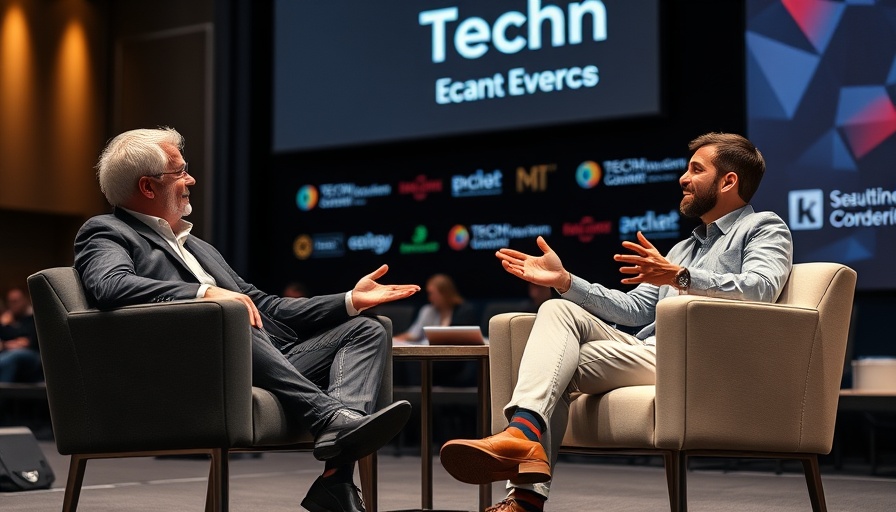
The Winklevoss Twins Take Their Crypto Firm Public
Gemini Space Station Inc., the New York-based cryptocurrency exchange founded by billionaire twins Cameron and Tyler Winklevoss, has officially filed for an Initial Public Offering (IPO) on the Nasdaq Global Select Market under the ticker symbol GEMI. This move is another significant marker in the evolving landscape of cryptocurrency and reflects a growing trend among crypto companies seeking public investments as regulatory frameworks become more favorable.
Financial Landscape and Challenges
According to the recently released S-1 filing, Gemini reported a striking net loss of $158.5 million on $142.2 million in revenue for 2024. The first half of 2025 revealed a similar trend, with losses reportedly exceeding $282.5 million amidst a revenue of just $67.9 million. These figures indicate a concerning financial trajectory, raising questions about sustainability in a highly competitive market. The historical volatility of crypto markets and increasing competition could pose significant risks for Gemini's IPO aspirations.
Comparing Market Performances: Circle and Bullish
Gemini’s potential IPO comes on the heels of successful public listings by other notable crypto firms. Circle Internet Group, a prominent USDC stablecoin issuer, recently raised $1.2 billion in its IPO, with shares soaring 168% post-launch. Similarly, Bullish secured $1.1 billion and saw its shares rise dramatically following its public offering. These success stories highlight both the appetite for cryptocurrencies in public markets and the challenges faced by newer companies like Gemini, where growing red flags may deter investors seeking stability.
The Regulatory Environment: A Double-Edged Sword
With the Trump administration showing a more welcoming stance toward digital currencies, the regulatory environment is pivotal for some of these IPOs. Although clearer guidelines can encourage investment, companies like Gemini must navigate ongoing scrutiny and the responsibility that comes with being a publicly traded entity. Understanding how regulations impact operational methodologies and market perception will be crucial as Gemini prepares for its public debut.
Future of Cryptocurrency IPOs: Insights and Predictions
As the cryptocurrency landscape matures, market trends suggest that IPOs will likely continue to be a popular route for crypto companies. This trend signals investor confidence in the long-term viability of digital currencies, despite potential setbacks illustrated by firms like Gemini. The innovations brought forth by established exchanges might also prompt newcomers to adopt similar methodologies or unique value propositions to attract investor interest.
The investment community should closely monitor Gemini's journey to the public markets, particularly how it addresses its financial shortcomings and differentiates itself from competitors. This journey will serve as a crucial case study for other technology firms considering IPOs in the burgeoning startup ecosystem.
Ultimately, the entry of Gemini into the public sphere highlights ongoing shifts in the tech industry and underscores the need for professionals to remain apprised of disruptive trends and financial health indicators. Understanding these dynamics not only aids in informed investment choices but also empowers stakeholders to anticipate market evolution.
Get Ahead in the Tech Landscape
As the landscape of technology and cryptocurrency continues to evolve rapidly, professionals in tech-driven industries must be equipped with the latest insights and analyses. Attend industry conferences, engage with expert interviews, and explore the disruptive trends that shape the future of finance, healthcare, and overall technology innovation. Stay informed and elevate your business strategies to remain competitive in this dynamic environment.
 Add Row
Add Row  Add
Add 




Write A Comment